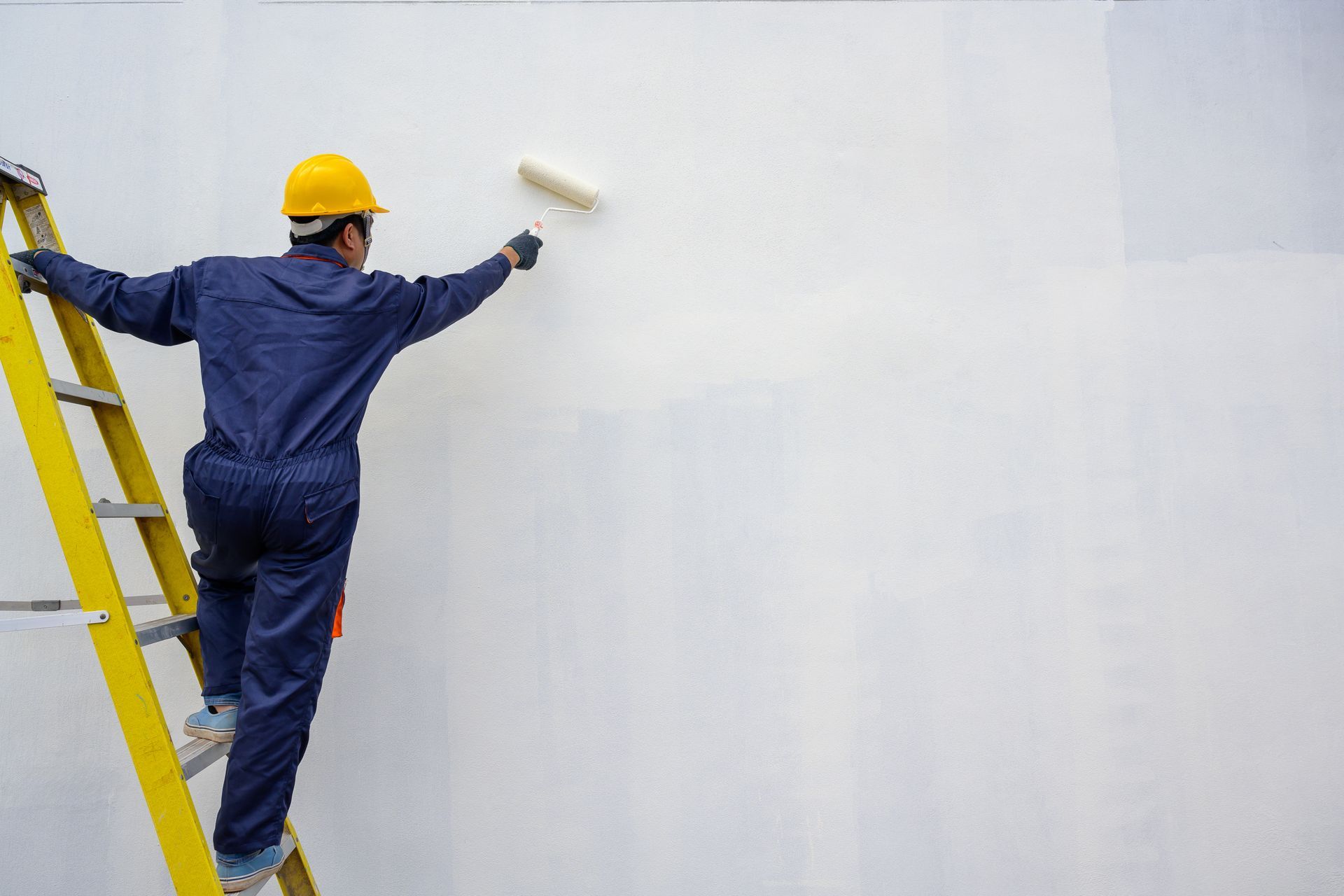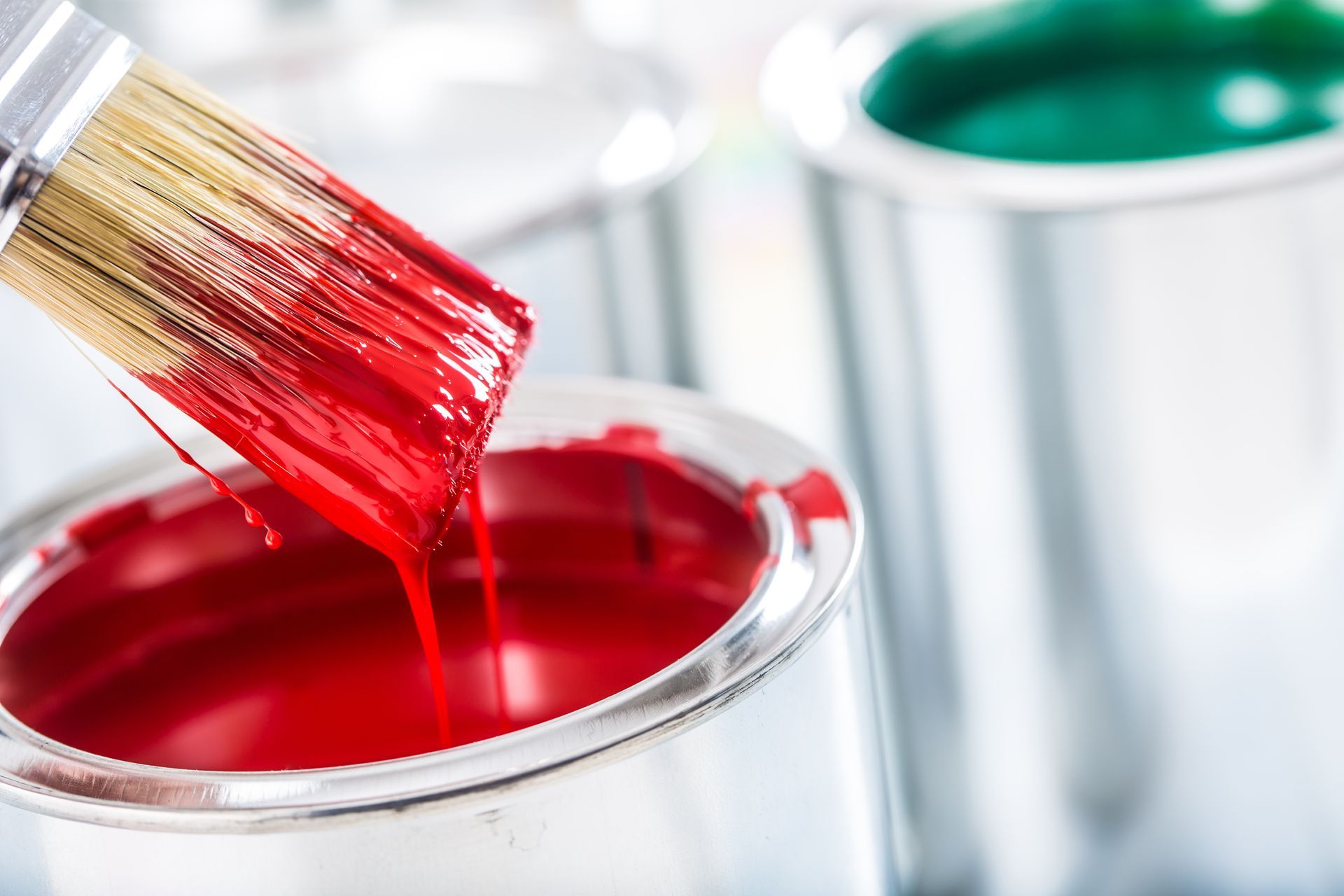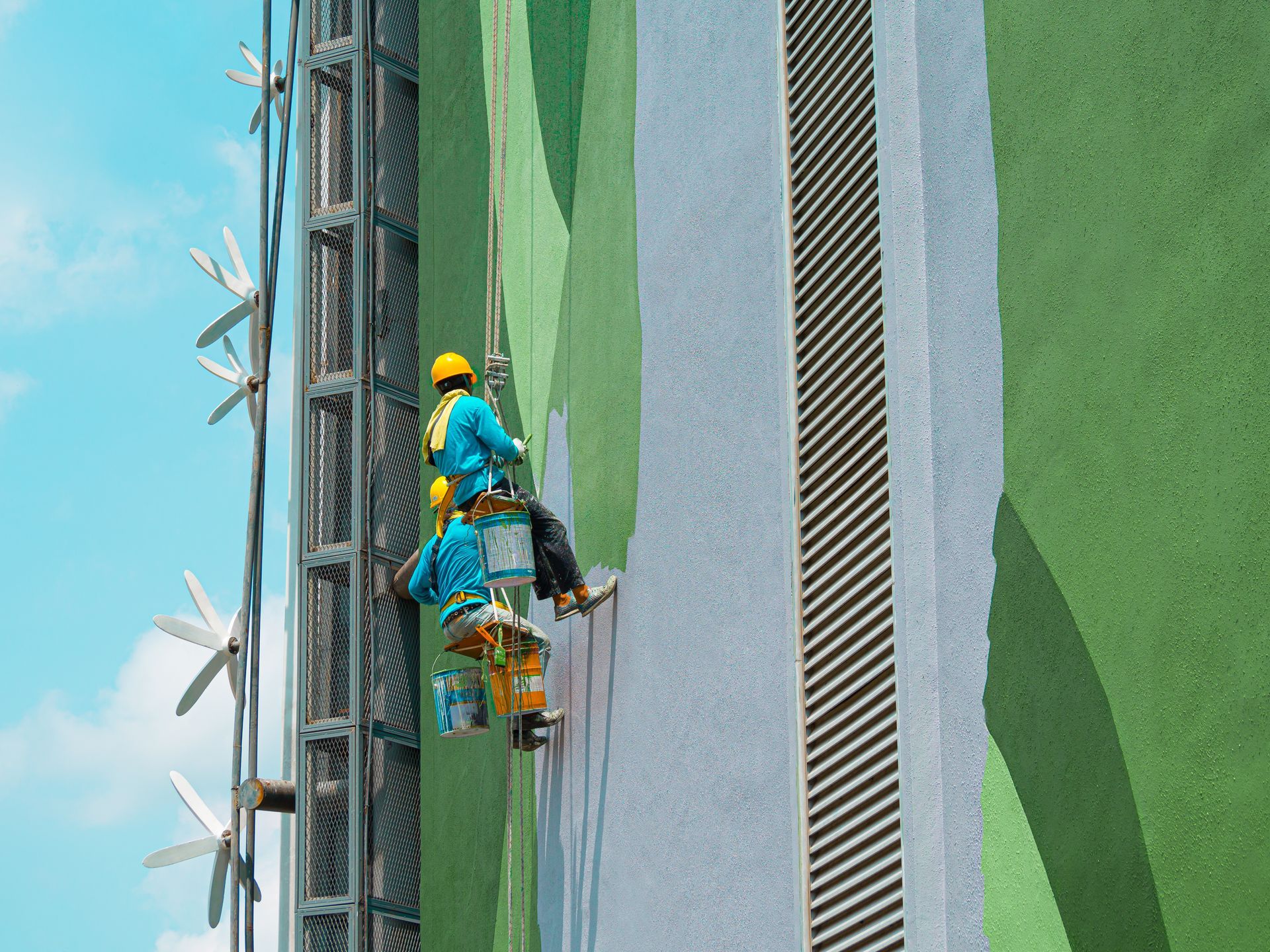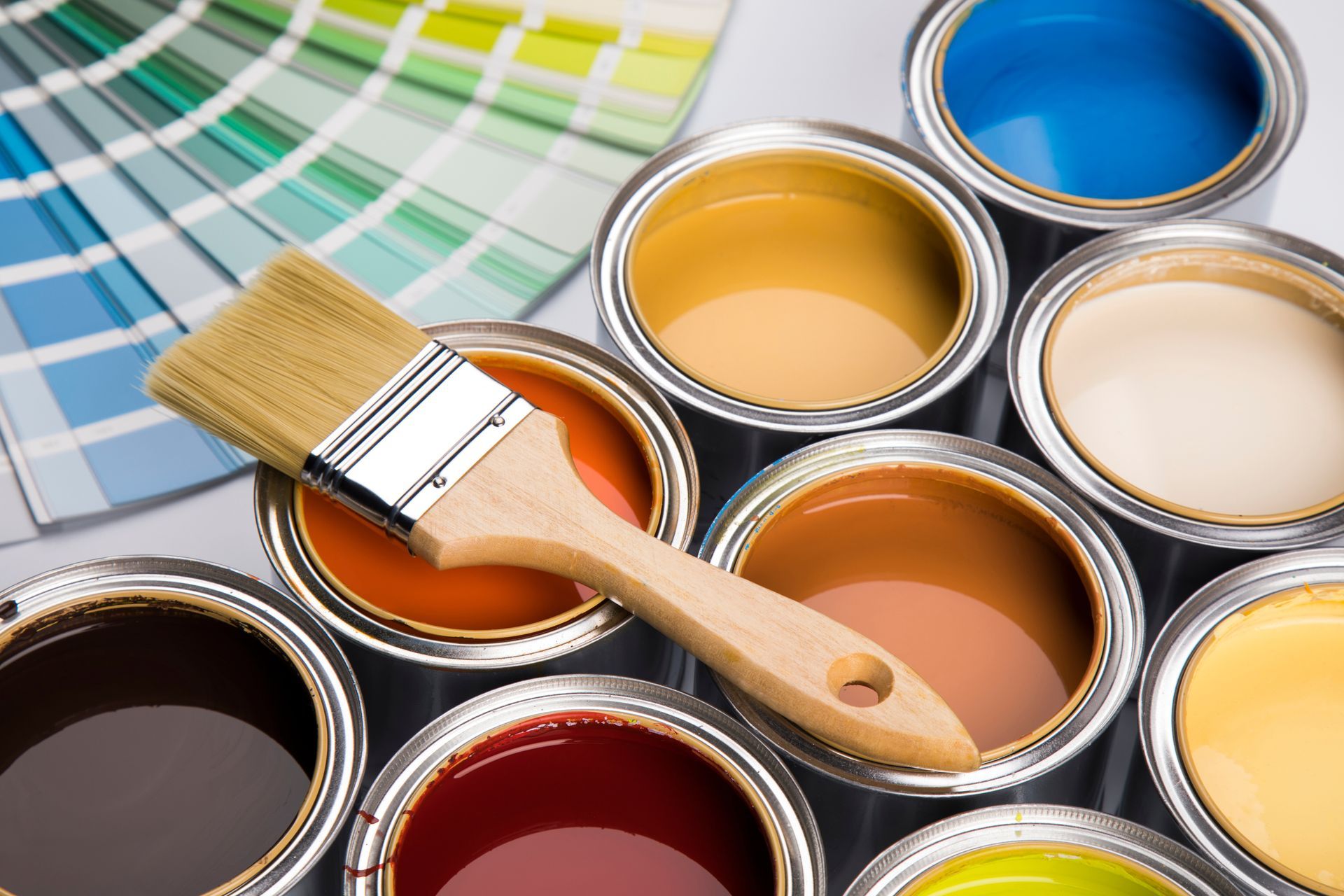Ceiling stains are an eyesore in any room, whether caused by water damage, smoke, or mildew. Many homeowners, in an effort to quickly restore their ceilings, may be tempted to simply paint over the stain and move on. However, painting over a ceiling stain is often just a temporary solution if the root cause of the problem isn't addressed.
So, should you paint over ceiling stains, or are there additional steps to take? Lets explore what water stains on the ceiling could mean, how to properly fix the issue first, and the right way to repair and paint your ceiling for long-lasting results.
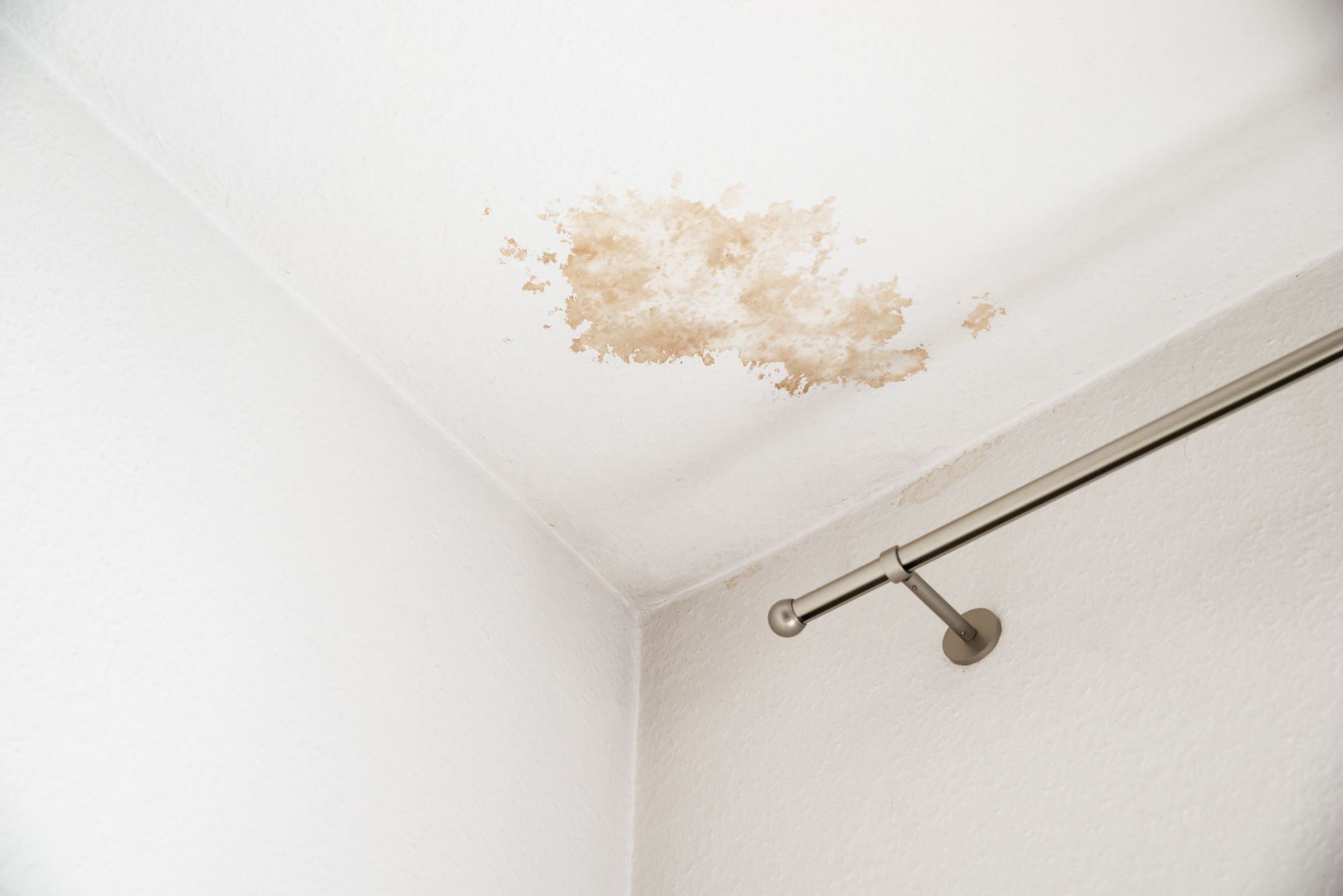
What Water Stains on the Ceiling Mean
One of the most common causes of ceiling stains is water damage. If you notice yellowish-brown stains on your ceiling, it’s usually a sign that there’s been a leak. These leaks may come from a variety of sources, including:
- Roof Leaks: If your home’s roof is damaged or improperly sealed, water can seep through and cause staining on the ceiling below.
- Plumbing Issues: Leaking pipes or fixtures located above the ceiling, such as in bathrooms or kitchens, can result in water damage and unsightly stains.
- Condensation: In homes with poor ventilation or insulation, condensation can form, leading to moisture buildup and eventual staining.
- HVAC Issues: Leaks from your heating, ventilation, or air conditioning system can also cause water stains on the ceiling.
Water stains are not just a cosmetic problem; they indicate a larger issue that could lead to structural damage if left unaddressed. Simply painting over these stains without investigating the cause could result in further damage down the road, potentially leading to mold growth or weakened building materials.
Fixing the Issue First
Before you can even think about painting over a ceiling stain, it's crucial to address the underlying issue causing the stain. Here's how to start:
- Identify the Source of the Leak: If the stain is from water, you must find out where the water is coming from. This could mean checking your roof for damaged shingles, inspecting pipes for leaks, or evaluating your home’s insulation and ventilation system. In some cases, you may need to hire a plumber or roofing expert to identify and fix the issue.
- Repair the Leak: Once you know the source of the water, repair it. Fixing the roof, sealing a pipe, or adding proper insulation will stop further water from entering and prevent new stains from forming. If the issue is due to condensation, improving airflow and ventilation may be the solution.
- Dry the Area: After repairing the source of the problem, make sure the ceiling is completely dry. This may require fans, dehumidifiers, or allowing time for natural drying. Painting over a damp ceiling will not only lead to poor paint adhesion but can also trap moisture, leading to mold growth behind the paint.
Taking the time to fix the underlying issue ensures that you won’t have to deal with future stains or more serious problems down the road.
Repairing the Ceiling

Once the leak or moisture issue has been resolved, the next step is to repair the ceiling itself. Water-damaged ceilings may need more than just a coat of paint to restore them to their original condition. Here’s what you should do:
Inspect for Damage: Look for any signs of sagging, peeling, or bubbling in the ceiling material. In some cases, the drywall or plaster may be compromised, requiring patching or replacement before painting. If mold has developed, this will need to be properly removed, as it can pose health risks if left untreated.
Sand and Smooth the Surface: If the surface is still structurally sound, but the stain has left behind discoloration or a rough texture, you may need to lightly sand the area to smooth out the surface. This will help the primer and paint adhere evenly.
Patch Any Holes or Cracks: If there are any holes or cracks in the ceiling from the damage, use a patching compound or drywall repair kit to fill them. Once dry, sand the area to create a smooth finish that matches the rest of the ceiling.
Properly repairing the ceiling before painting ensures a flawless, long-lasting result and prevents future damage from becoming a larger issue.
Painting the Ceiling
After the ceiling is fully repaired and dry, you can begin the painting process. Painting over stains requires a few extra steps to ensure that the stain is fully covered and won’t bleed through the fresh coat of paint.
Use a Stain-Blocking Primer:
Regular primer won’t be enough to cover most water stains, as they tend to bleed through standard paint. Instead, use a stain-blocking primer that’s designed specifically for covering tough stains like water damage, smoke, or mildew. Apply a generous coat of primer to the stained area, making sure to cover the edges of the stain as well. Let it dry completely before moving on to the next step.
Apply Ceiling Paint:
Once the primer has dried, apply your ceiling paint over the entire surface to create an even, blended finish. Two coats are usually recommended for complete coverage, especially if the stain was dark or large. Choose a high-quality ceiling paint, and if you're repainting the entire ceiling, opt for a flat or matte finish, which is ideal for ceilings as it minimizes light reflection and hides imperfections.
Inspect for Bleed-Through:
After the paint has dried, inspect the ceiling to ensure that no stain is bleeding through. If necessary, apply an additional coat of paint or primer in problem areas.
Following these steps will ensure that the stain is effectively concealed and your ceiling looks good as new.
Hire Pioneer Painters for Your Interior Painting Needs
Painting over ceiling stains requires precision and proper technique to achieve the best results. At Pioneer Painters, we specialize in interior painting, including tackling tough ceiling stains and ensuring long-lasting, flawless finishes. Our team of experts is dedicated to quality workmanship, timely completion, and customer satisfaction. Serving Western Massachusetts and Northern Connecticut, we provide professional painting services that will restore the beauty of your home and keep it looking great for years to come.
If you're dealing with ceiling stains or need interior painting services, contact Pioneer Painters today to schedule your next project. We’ll help you get the results you deserve, whether you need stain removal, ceiling repairs, or a fresh coat of paint throughout your home.
Recent Blogs
